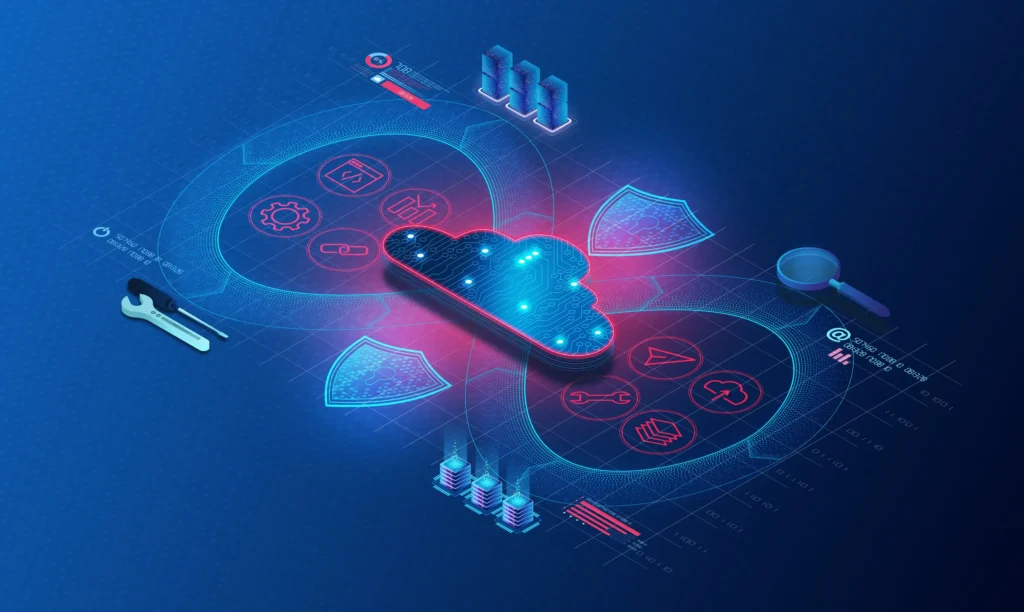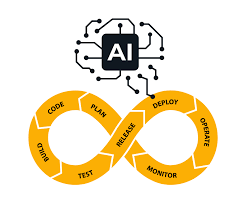
DevSecOps: Weaving Security into the Fabric of Software Development
Just as a compelling book becomes a captivating movie scene by scene, DevSecOps seamlessly integrates security into the DevOps process. It’s not merely a checklist; it’s a fundamental shift, embedding security at every stage of the software development lifecycle. This proactive approach enhances both protection and efficiency, ultimately simplifying compliance with regulations. DevOps consultants play a critical role in this integration, lending their expertise to align security measures with the overarching DevOps strategy, fostering a cohesive and secure development environment.
Understanding the Essence of DevSecOps
DevSecOps is a strategic paradigm that embeds security directly into the DevOps pipeline. It moves away from treating security as an afterthought or a final checkpoint. Instead, security becomes an integral part of the development ethos. By weaving security practices into every step of the process, DevSecOps yields a significantly more secure end product. This proactive approach minimizes vulnerabilities and reduces the risk of security breaches.
Key Principles Underpinning DevSecOps
DevSecOps is built on several core principles. “Security as code” is a central concept. It integrates security directly into the software development lifecycle. This means security practices are incorporated into the CI/CD pipeline, leveraging the power of automation. Automating security measures streamlines proactive security efforts without hindering development progress. Another foundational principle is shared responsibility. DevSecOps breaks down traditional silos. Instead of confining security to a dedicated team, it distributes responsibility across all teams involved in development. This ensures security is a continuous consideration, not an isolated step.
Implementing DevSecOps Throughout the Development Lifecycle
Integrating security at each stage of the DevOps lifecycle requires specific tools and practices.
i) Planning and Coding: Security requirements must be defined early. This involves identifying the security needs of each stage and implementing secure coding practices. Static Application Security Testing (SAST) tools can be used to detect vulnerabilities in the source code.
ii) Build and Testing: Automated security testing tools should be integrated into the build process. Dynamic Application Security Testing (DAST) can identify runtime vulnerabilities.
iii) Release and Deploy: Security checks should be integrated into the pre-release phase. This ensures a secure deployment environment. Automated compliance checks verify adherence to regulatory requirements.
iv) Operate and Monitor: Continuous monitoring of tools is essential. This allows for immediate detection of security threats. It enables rapid response to protect the deployed application.
Overcoming the Challenges of DevSecOps Adoption
Adopting DevSecOps can present challenges. These include breaking down traditional silos between development, operations, and security teams. Finding the right balance between rapid deployment and robust security is also crucial. Targeted training is necessary to upskill teams and equip them with the necessary knowledge and skills. Integrating established systems with modern DevSecOps practices requires a strategic and well-planned approach.
Future Trends Shaping the Evolution of DevSecOps
DevSecOps is a constantly evolving field. Several key trends are emerging:
1. AI and Machine Learning in Automated Security: The increasing use of AI and ML is revolutionizing automated security. These technologies enhance threat detection and mitigation. They analyze past security incidents to identify patterns and predict future attacks with greater speed and accuracy.
2. Increased Emphasis on Compliance and Governance: Stringent data protection regulations are making compliance and governance a core component of DevSecOps. Automation tools seamlessly integrate compliance checks into the CI/CD pipeline. This ensures adherence to regulatory standards throughout the development process.
3. Cloud-Native Security: With the growing adoption of cloud computing, cloud-native security practices are becoming paramount in DevSecOps. Security strategies must adapt to the dynamic cloud environment to ensure robust protection in this cloud-first world.
DevSecOps not only strengthens the security of software development but also boosts its efficiency. Adopting DevSecOps is like training for a marathon. It requires agility, adaptability to new technologies, and keeping pace with the ever-changing digital landscape. By embedding security throughout the workflow, DevSecOps ensures software is robust, effective, secure, and compliant. The integration of AI keeps DevSecOps ahead of the curve in today’s rapidly evolving technological era.

